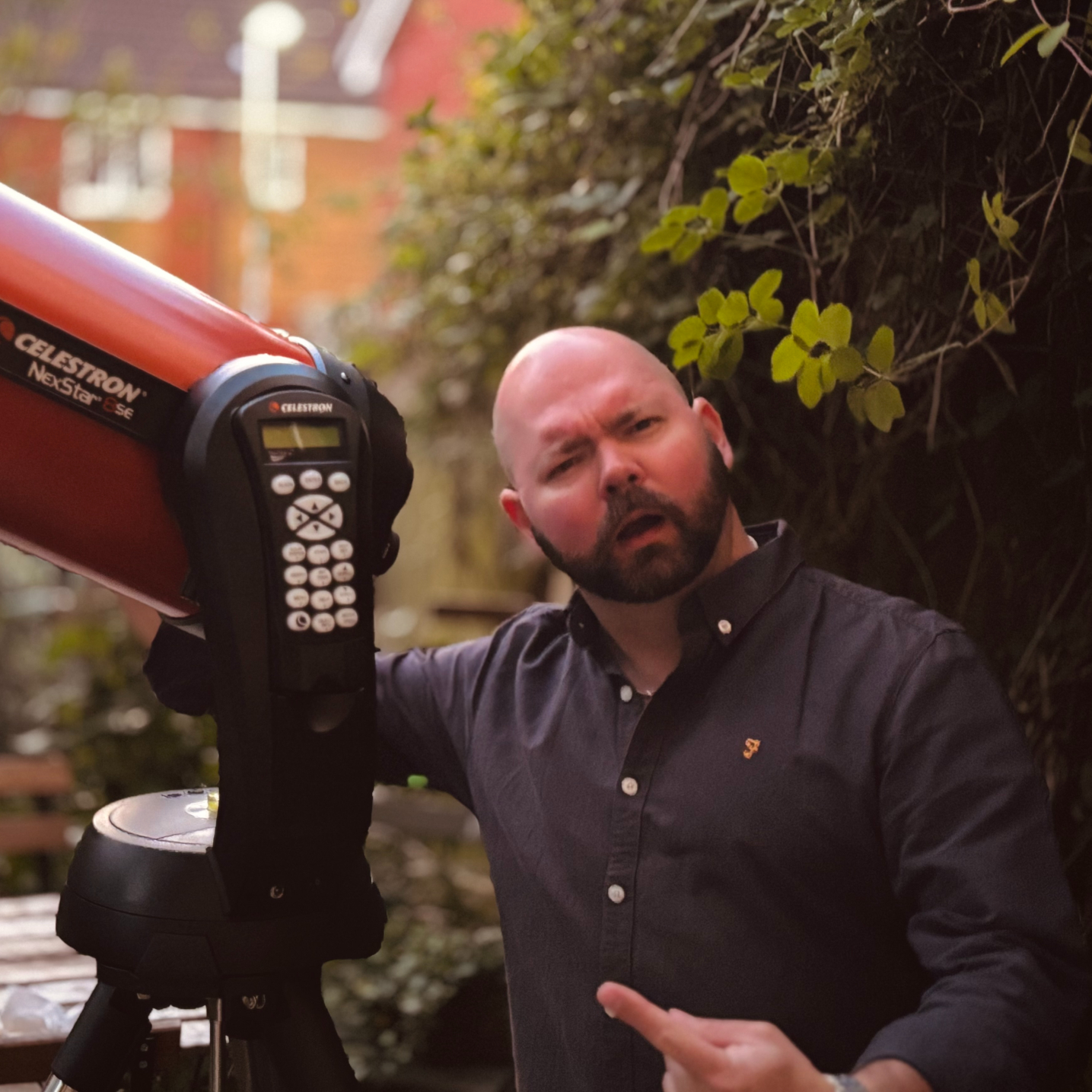Jupiter and its 4 largest moons will line up in the sky on Aug. 8. Here's how to see the 'parade'
Jupiter's four Galilean moons will line up in front of Jupiter in the early morning sky on Aug. 8.

The predawn hours of Aug. 8 present a perfect opportunity to see Jupiter's four largest moons line up next to the "King of the Planets" as it voyages through the stars of the constellation Gemini.
Stargazers in the U.S. will see Jupiter rise above the eastern horizon roughly two hours before sunrise on Aug. 8, with Venus visible as a bright morning "star" less than 5 degrees to its upper right.
Observing the Jovian system with a pair of 8x42 binoculars will reveal the presence of Jupiter's four brightest moons: Io, Europa, Ganymede and Callisto. However, a small telescope — especially a Schmidt-Cassegrain or a Maksutov-Cassegrain — will help resolve greater detail on the gas giant's cloud surface, while providing a closer view of the orbiting worlds.
Jupiter's four largest natural satellites are collectively known as the Galilean moons, in honor of famed astronomer Galileo Galilei, who observed them in 1610. The icy moon Europa will be lined up closest to Jupiter in the night sky on Aug. 8, with Io and Ganymede positioned beyond. The most far-flung point of light represents the third-largest moon in our solar system, Callisto, which is thought to harbor a salty ocean beneath its alien surface.
NASA's Juno spacecraft has been taking a good look at Jupiter and its moons since it entered orbit around the gas giant in July 2016. It has since captured a wealth of stunning imagery and scientific data that have enhanced our knowledge of the gigantic world and its satellites. These efforts will be bolstered by the agency's Europa Clipper spacecraft and the European Space Agency's Jupiter Icy Moons Explorer (JUICE) mission, both of which are due to rendezvous with the gas giant in the early 2030s.
Stargazers who are interested in observing the dance of Jupiter's moons should see our guide to the best binoculars and our picks for the best telescopes for observing the planets in our solar system. Photographers who are hoping to upgrade their gear for upcoming skywatching events should also check out our roundups of the best cameras and lenses for astrophotography.
Editor's note: If you would like to share your astrophotography with Space.com's readers, please send your photo(s), comments, name and location to spacephotos@space.com.
Breaking space news, the latest updates on rocket launches, skywatching events and more!

Anthony Wood joined Space.com in April 2025 after contributing articles to outlets including IGN, New Atlas and Gizmodo. He has a passion for the night sky, science, Hideo Kojima, and human space exploration, and can’t wait for the day when astronauts once again set foot on the moon.
You must confirm your public display name before commenting
Please logout and then login again, you will then be prompted to enter your display name.
